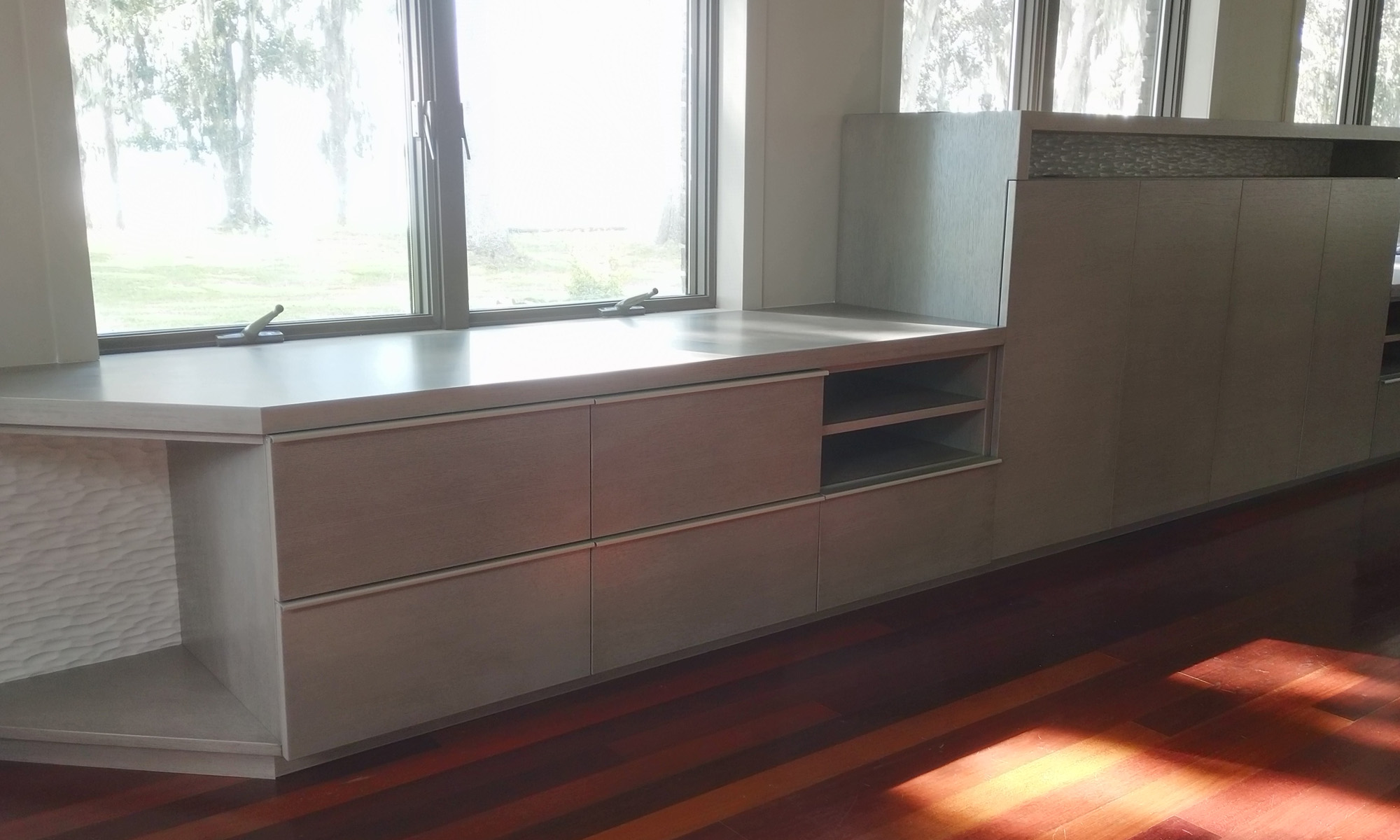I needed to make another set of wooden chuck jaws for a project I am working on. Wooden chuck jaws can be quite useful. They are quick to make, cheap and can be custom made to suit a particular project. They have the added advantage that you can hold a piece without the risk of damage from the jaws. The obvious disadvantage is they are not as strong as metal jaws, so care and thought needs to be used in their application.
With these jaws I needed to hold a sphere around 3″ in diameter, so I needed the useful depth of the jaws to be at least 1 1/2″. I say useful depth, because about 1/2″ of the jaws will be taken up by the screws attaching them to the chuck. With that in mind, the first step was to joint and glue a couple 2×4 lengths together. Once the glue had cured, I cut 4 3 1/2″ sections as shown in the image below. I planned on mounting these jaws to my Vicmarc VM120 chuck and so I also needed some M6 x 1.0 pitch screws, 20mm long, that’s about 3/4″.
Using an appropriately sized transfer punch and the regular metal jaws I marked the locations of the eight holes on the four blanks. I also numbered the blanks.
I then moved to my drill press. I drilled a 1/4″ hole at the marks all the way through the blanks. I did this from the underside of the jaws, the side that would be against the chuck, in order to reduce any alignment issues. I then flipped the blank over and drilled a 15/32″ hole almost all the way through the blanks. I set the stop on the drill press so that the drill would stop about 1/2″ from the underside of the blank. That way when the screws were placed in the hole just over an 1/8″ would protrude out the bottom of the blank.
I then moved to the bandsaw and cut the blanks to form a circle.
The blanks were then screwed to the chuck …
… the chuck mounted to the lathe, and the wooden jaws were turned round and the face trued up. Use caution, a slow speed and light cuts, until you are assured the blanks are secure on the chuck. After you have turned the jaws round, and before you true up the face, remember to transfer the jaw numbers to the outside of the jaws.
A cylindrical hole was then hollowed in the wooden jaws. Again, use caution, especially at the bottom of this hole, to make sure you don’t hit the screw heads with your gouge.
A test sphere for the project I am working on was then held securely in the jaws and hollowed.













